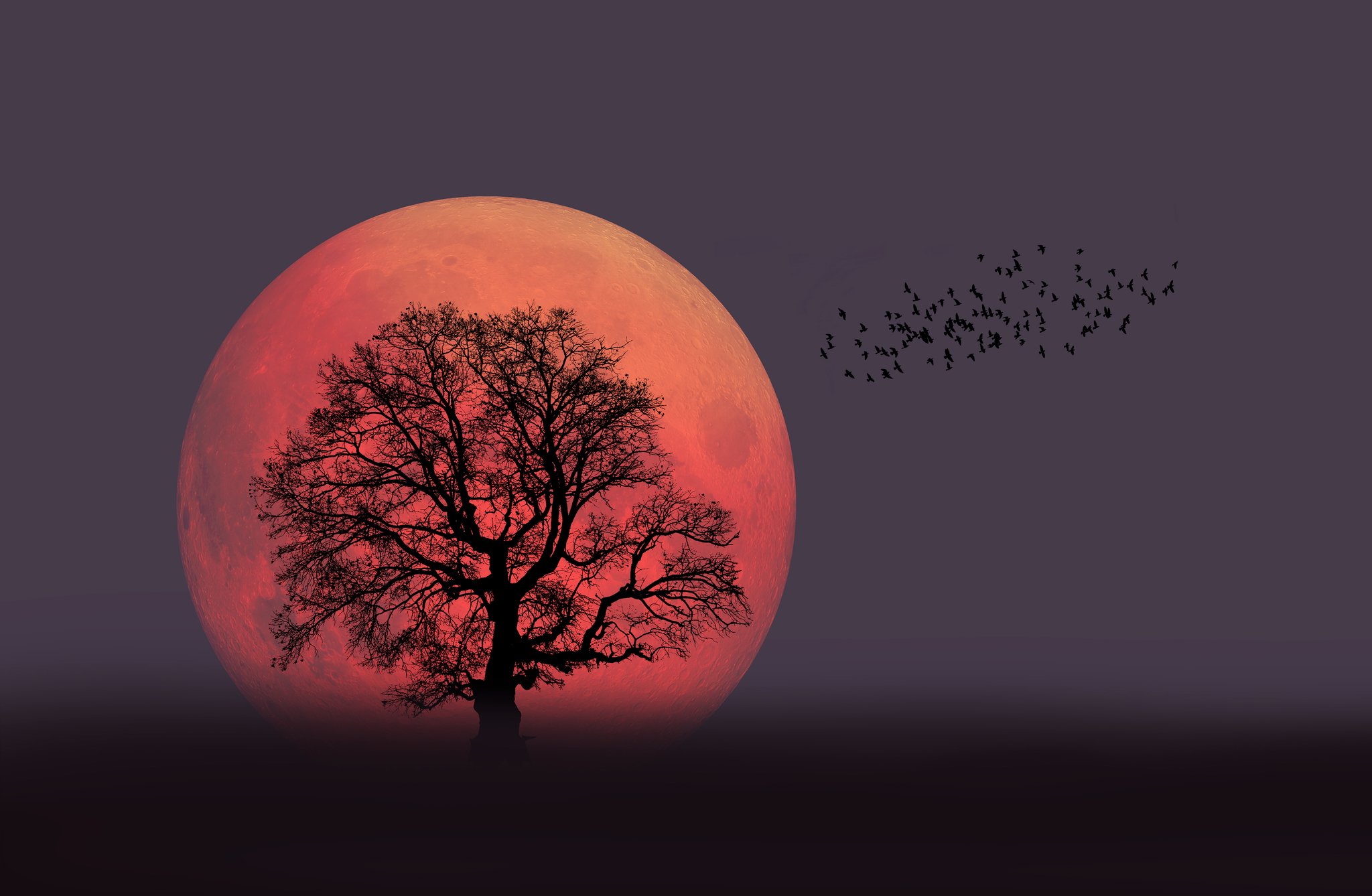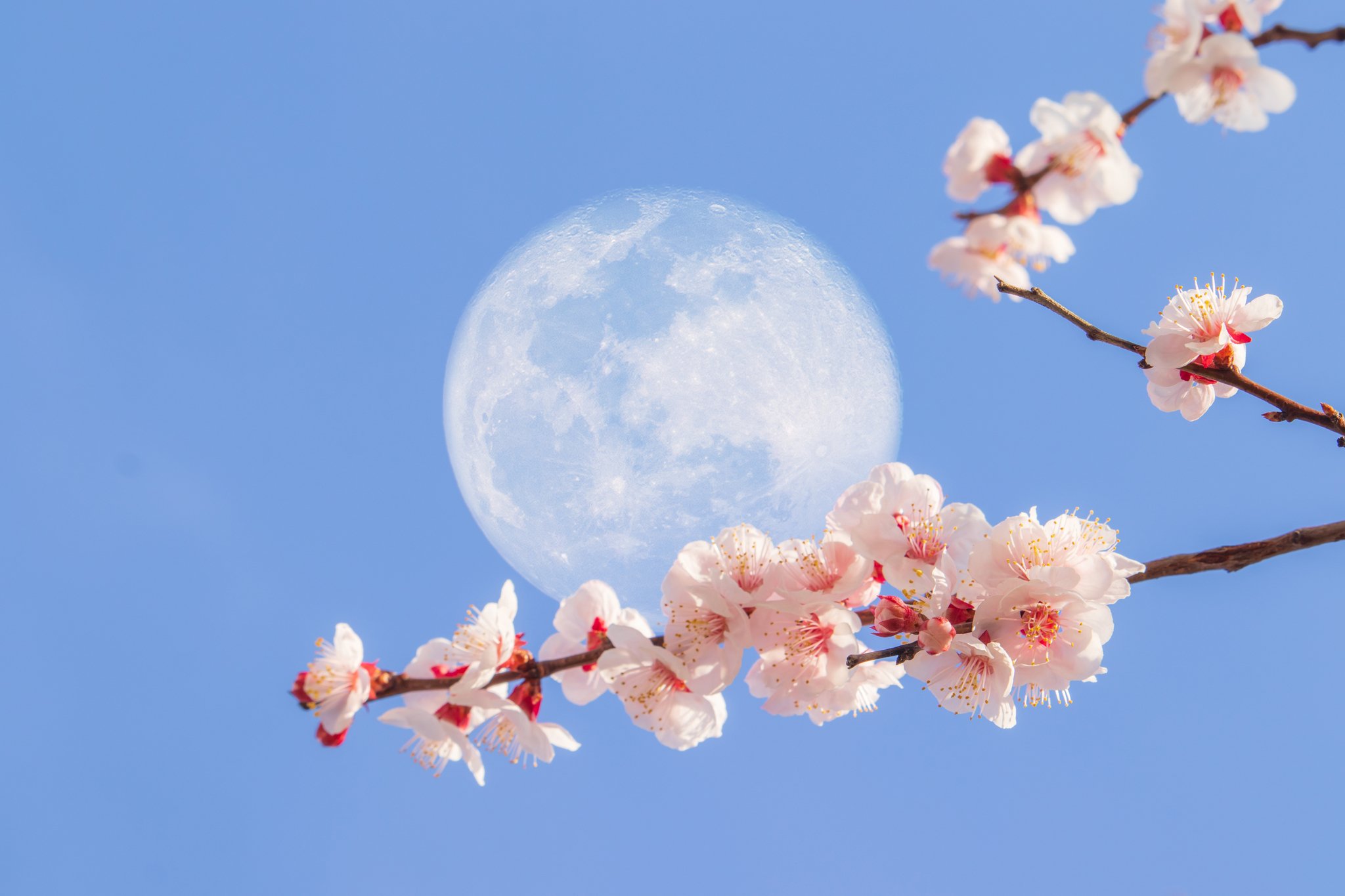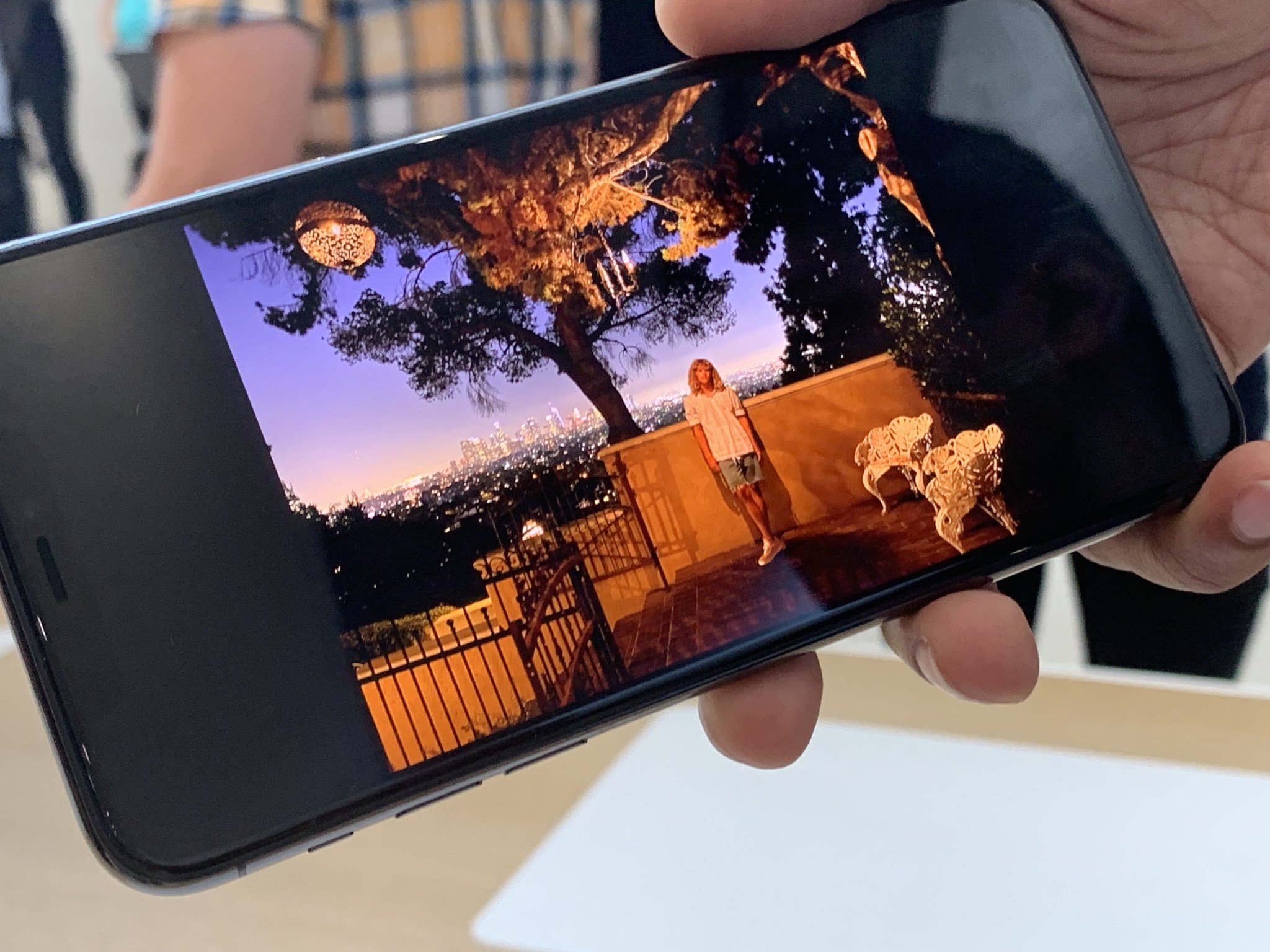Essential reading before the moon rears its head tonight.
Times are pretty tough and stressful right now, but thankfully, Mother Nature has a little pick-me-up planned for tonight. During the evening on April 7, 2020, through the following morning on April 8, you'll be able to see the gorgeous "Super Pink Moon" in the sky.
The Super Pink Moon is the first of a couple Supermoons that'll be visible throughout 2020, but this particular one is expected to be the largest and brightest. The moon itself won't be pink, but it gets the "Super Pink Moon" name thanks to the abundance of pink flowers we typically see around this time of the year.
Along with seeing the Super Pink Moon with your own eyes, you might find yourself wanting to take a photo of it in order to capture its majesty so you can look back on it later on. Taking pictures of the moon isn't easy, however, so here are some tips that should help your photos turn out as good as possible.
Make sure you have a good, clear view of the moon
Unlike some astronomical events, the Super Pink Moon will be very easy to see no matter where you are. If you can normally see the moon just fine from your home, you should have a clear view of the Super Pink Moon, too.
While you could try taking a picture through your window, we recommend stepping outside and finding a place where you have a good line-of-sight with the moon. If possible, you'll also want to make sure your view isn't obstructed by trees, buildings, or anything else.
If things aren't ideal where you live, it might be worth driving to a more rural area outside of town where you're dealing with fewer obstacles and distractions.
Take advantage of your phone's night mode
Over the past couple of years, night mode has become one of the more popular features for smartphone cameras. Whether you have a handset from Samsung, Google, or Apple, it more than likely has a setting that's designed specifically for taking pictures at night.
Assuming your phone has one of these night modes, you should absolutely enable it. Shooting in night mode usually takes longer than just snapping a photo in auto mode, but that's because the sensor is staying open for a longer period of time so that it can draw in more light.
You can manually enable night mode on almost all Android phones, but if you have an iPhone, it'll come on automatically once the camera detects the lighting around it is low.
Have a tripod? Use it
Speaking of night mode, you may want to consider busting out a tripod for your phone if you're going to be shooting with it.
As great as night mode is for taking pictures of the night sky, you simply aren't going to get the best results by shooting with it while you hold your phone in your hand. On the Pixel 4, for example, night mode can take up to four minutes to complete taking a picture after pressing the shutter button. Unless you can keep your hand completely still for four minutes, that's not an ideal setup.
Instead, attach your phone to a tripod if you have one available. If not, find a bench, tree stump, or anything else to prop it up against so that it can take the picture without you having to hold it (and potentially ruin the shot).
Optical zoom can be very helpful
Another trend we've seen with smartphone cameras is the addition of optical zoom/telephoto sensors. The Galaxy S20 has 3x optical zoom and 30x Super Resolution Zoom, the Pixel 4 has 2x optical zoom that can get up to 8x with its Super Res Zoom feature, and so on.
Supermoons like the Super Pink Moon are notable for the fact that they're close to the earth than usual, but even so, it's still thousands upon thousands of miles away. You won't be able to make out every single detail with your smartphone's zoom, but magnifying the image is always helpful with a far-away object.
On this note, it's important to remember that optical zoom is very different from straight-up digital zoom. You can zoom in with all smartphone cameras, but only ones with a dedicated telephoto camera preserve detail and sharpness in your shots while getting up close to your subject.
A lot of modern Android handsets and the latest iPhones have a telephoto camera, but be sure to check the specs of your own device just to make sure ahead of time.
Good luck! 🌕
It might take you a couple of tries to get a picture of the Super Pink Moon that you're really happy with, and at the end of the day, you need to remember that capturing a photo like this with a smartphone is a difficult thing no matter who you are.
If you want to go a step further for the next supermoon that we get, consider investing into a new phone with a more capable camera. Smartphones have gotten really good in the camera department lately, so if you haven't bought a new phone in the past couple of years, you're missing out. The Galaxy S20 Ultra and Huawei P40 Pro are prime examples of phones that have taken smartphone photography to the next level.
Take your time, take plenty of shots, and you're bound to get something that looks halfway decent. Plus, if you need to, you can always spruce up the picture in your favorite editing app.
Camera champ
Apple iPhone 11 Pro
One of the best cameras out there
If you want an iPhone and want to take the best pictures possible, you want the iPhone 11 Pro. You get three cameras for taking excellent shots, including a wide, ultra wide, and telephoto sensor for 2x optical zooming. The iPhone 11 Pro also takes fantastic lowlight shots, making it perfect for shooting the moon.
The 'Super Pink Moon' is tonight — here's how to take pictures of it posted first on http://bestpricesmartphones.blogspot.com




No comments:
Post a Comment